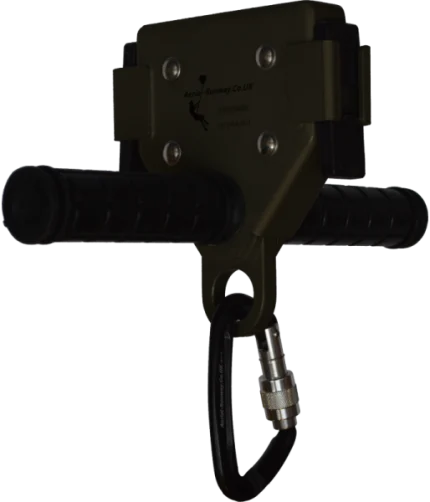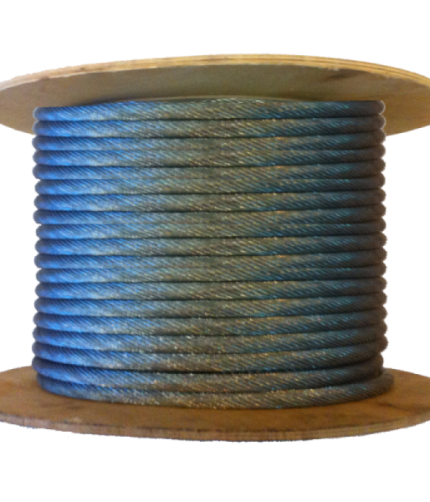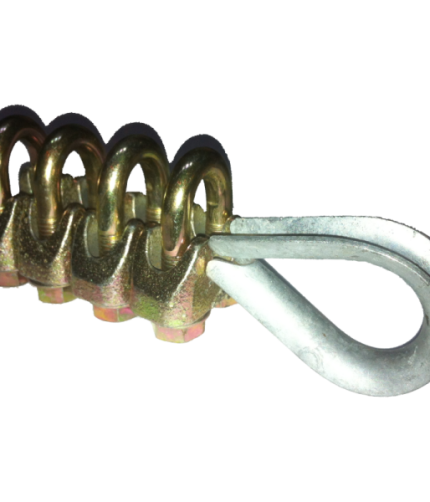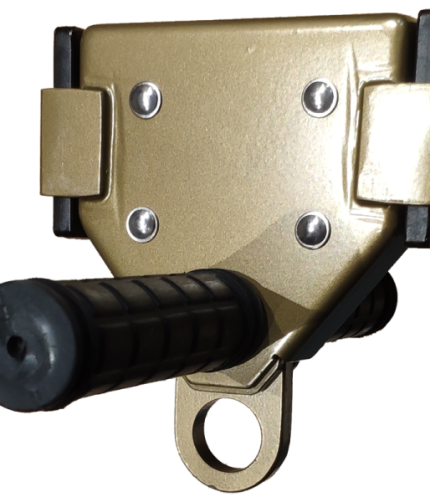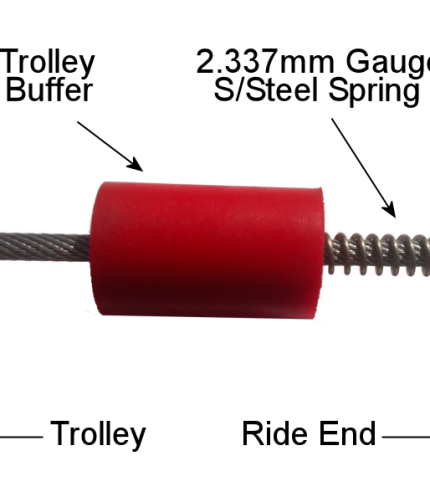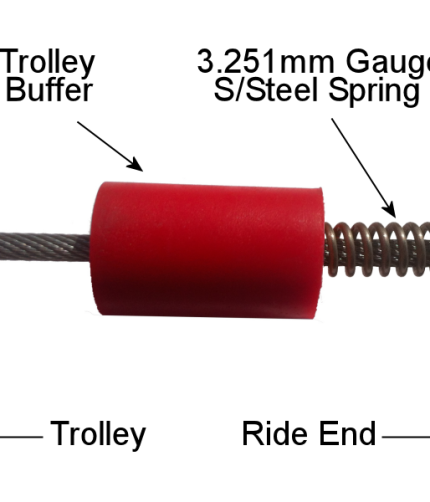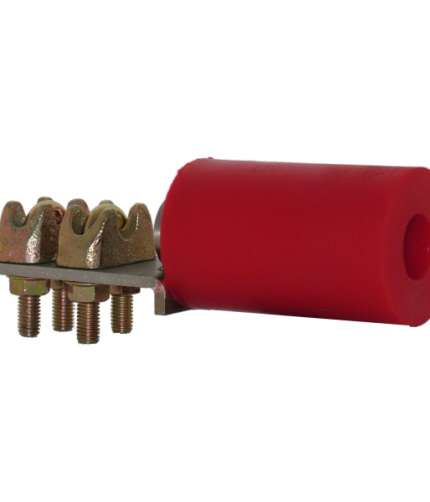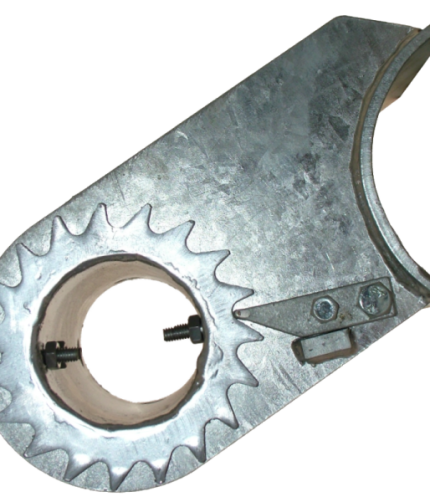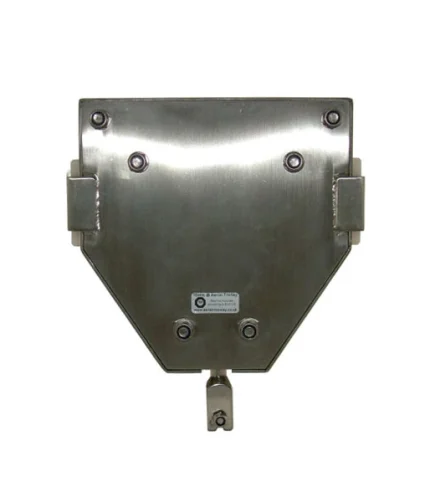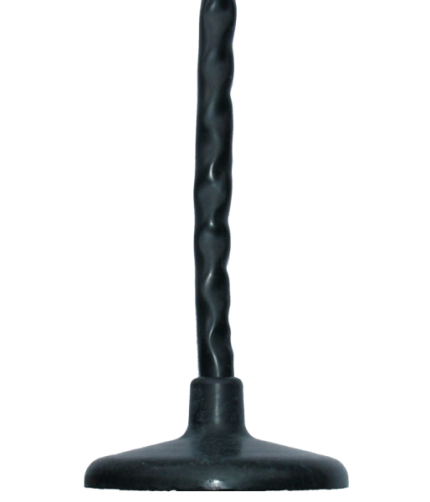Cable Specifications
Basic physics dictate that the longer the expanse, the stronger the cable needs to be to support the same weight. As the cable length increases the user weight decrease.
That is why there are different thicknesses of cables, from 3mm, 4mm, 6mm, 8mm, 10mm, and we can even provide 12mm or 14mm for distances over 80m in length.
These are the specs you should look for:
Diameter: 10mm – The size of the cable (not all 10mm is the same, indeed it is very unlikely you can buy “zip wire cable” of the shelf from most suppliers, check the spec below)
Class: 19×7 – Strand configuration, will the ride be bumpy, noisy and the trolley parts require replacing often?
Rotation Resistant: All Commercial Zip Wire Cables should be Rotation Resistant so it can keep tension during use.
Material: Gavanised – A protective coating to protecting rusting as the intended use is outdoors, not lift shafts etc.
Steel Grade: Extra Improved Plowed Steel (EIPS)
Core: Wire Strand Structure (WRC – same as outer strands) – Is the cable hollow with fibre inside rather than steel?
End1: Machined Thimble Eye – required at one end of cable.
End2: Fused & Tapered – stops the cable fraying, and allows easier threading being a tapered end. Watch out for amateur sellers or simply dishonest who try to sell the wrong equipment for zip wire use.

7×19 10mm Cable
This is a cable that we sell, Our cables are also finished with a machined hard eye at one end to enable fixing and fused & tapered the other end to prevent fraying.

19×7 12mm Cable
This is the cable we sell for 12mm. Our cables are also finished with a machined hard eye at one end to enable fixing and fused & tapered the other end to prevent fraying.

Fibre Core 10mm Cable
Fibre Core is a complete no-no. It uses a hidden fibre in the centre core to reduce cost, but this makes the cable act like a hose pipe. You cannot get correct tension. The cable flattens when weight is applied.
If you are in doubt please call us before purchasing from any other source so we can explain what the difference is and how this will affect the running of an aerial runway system.

